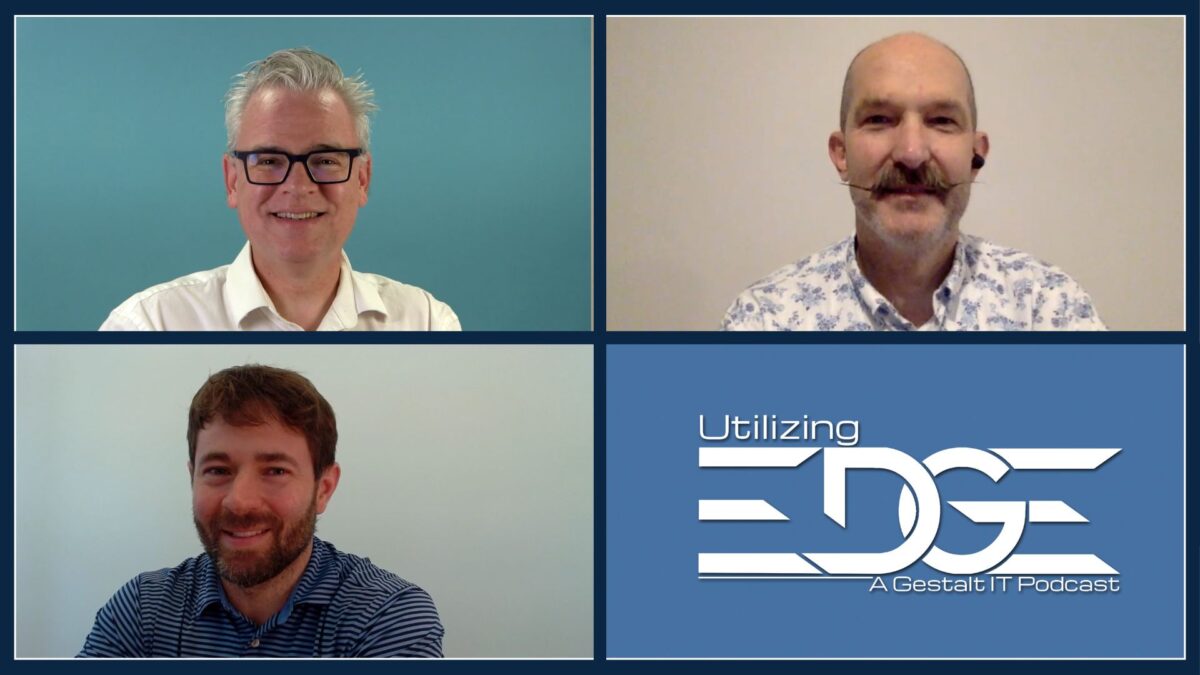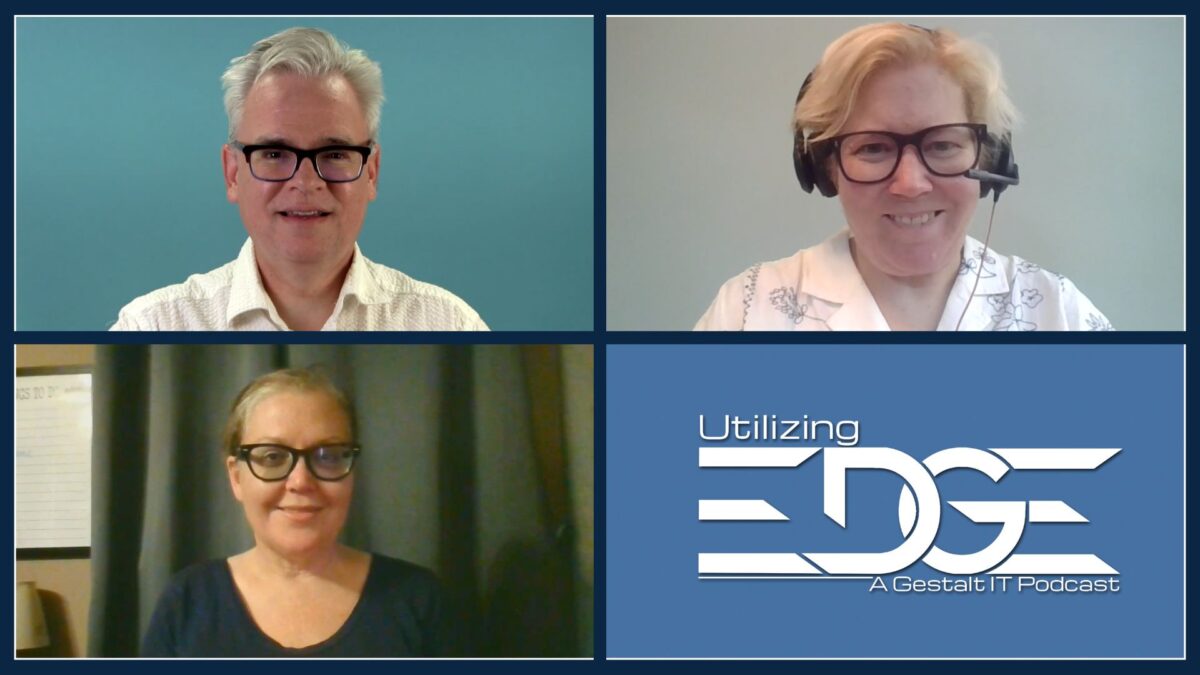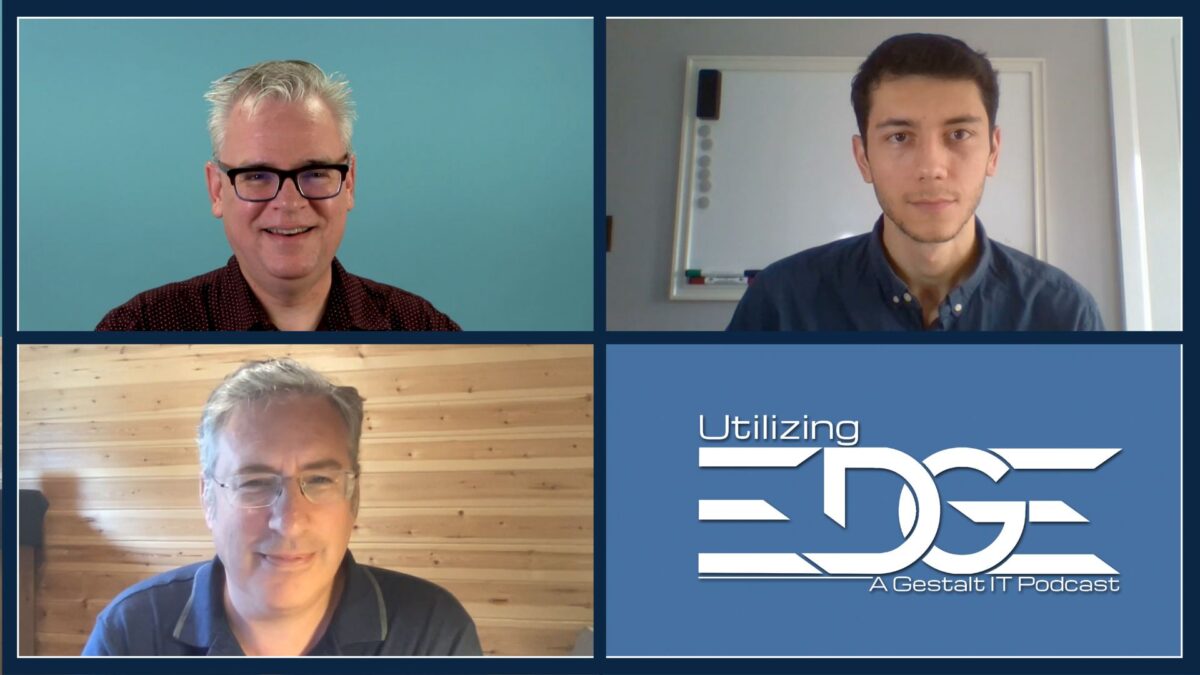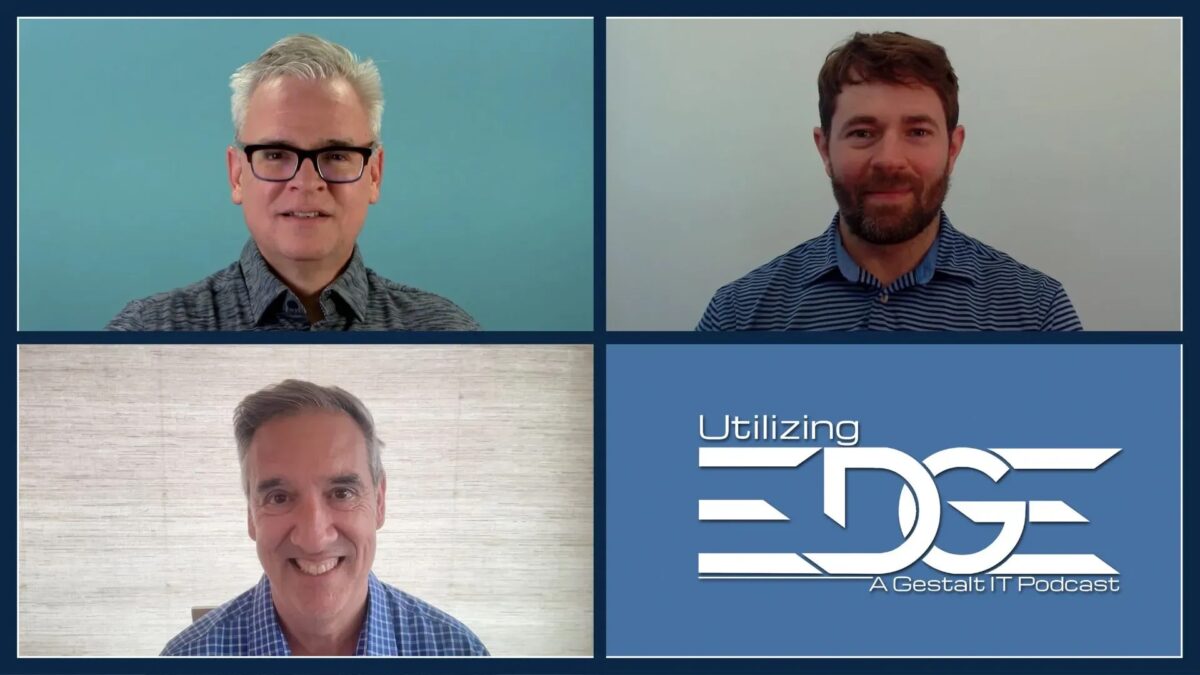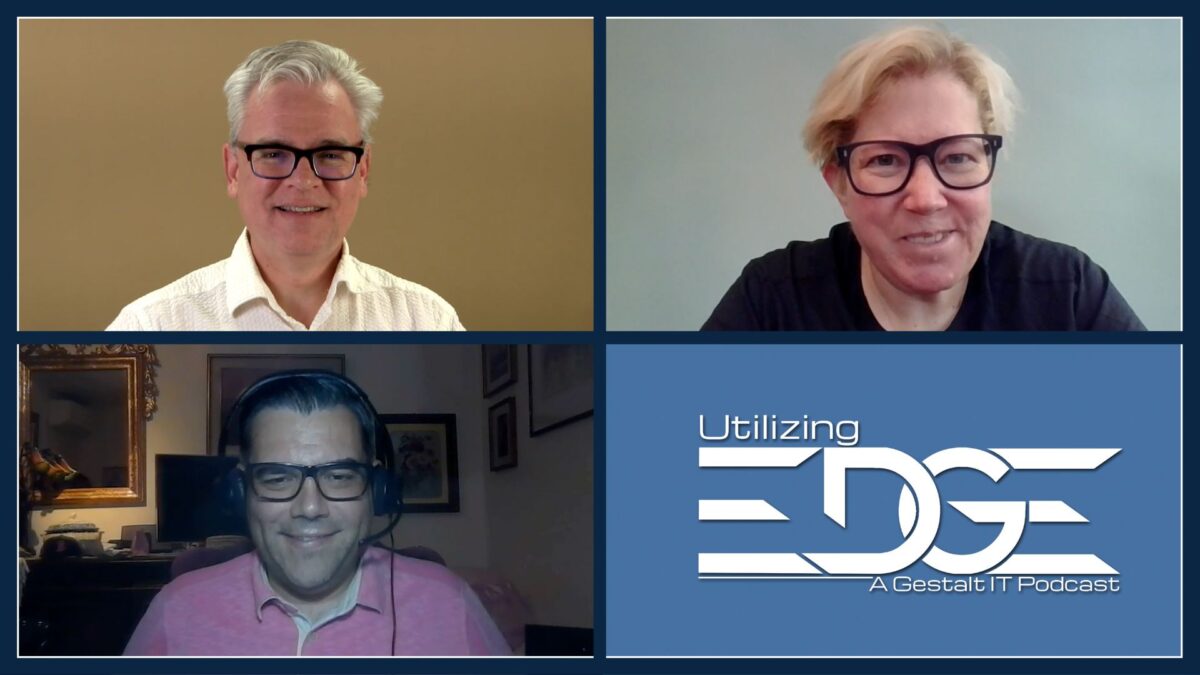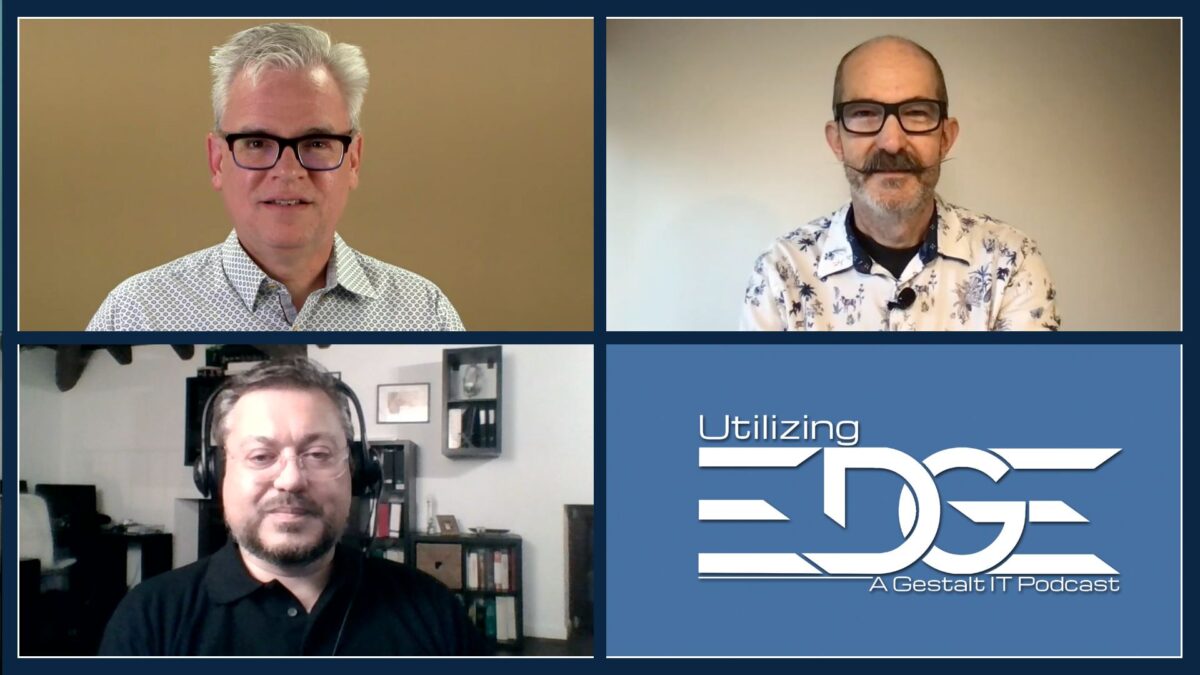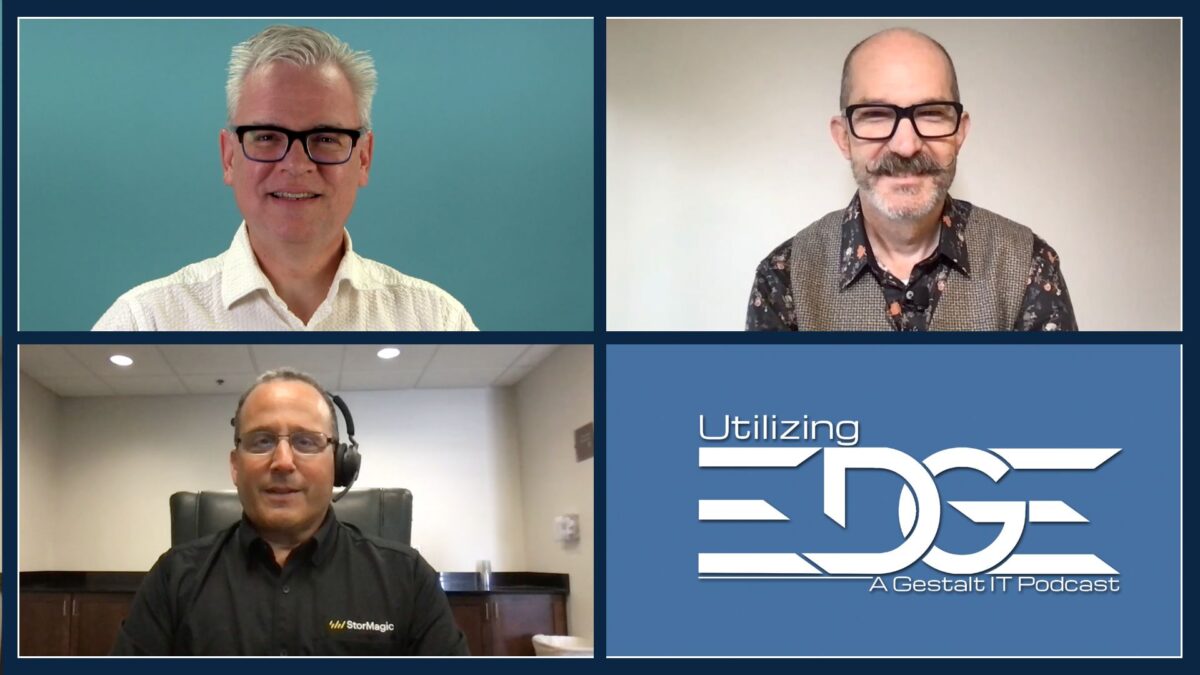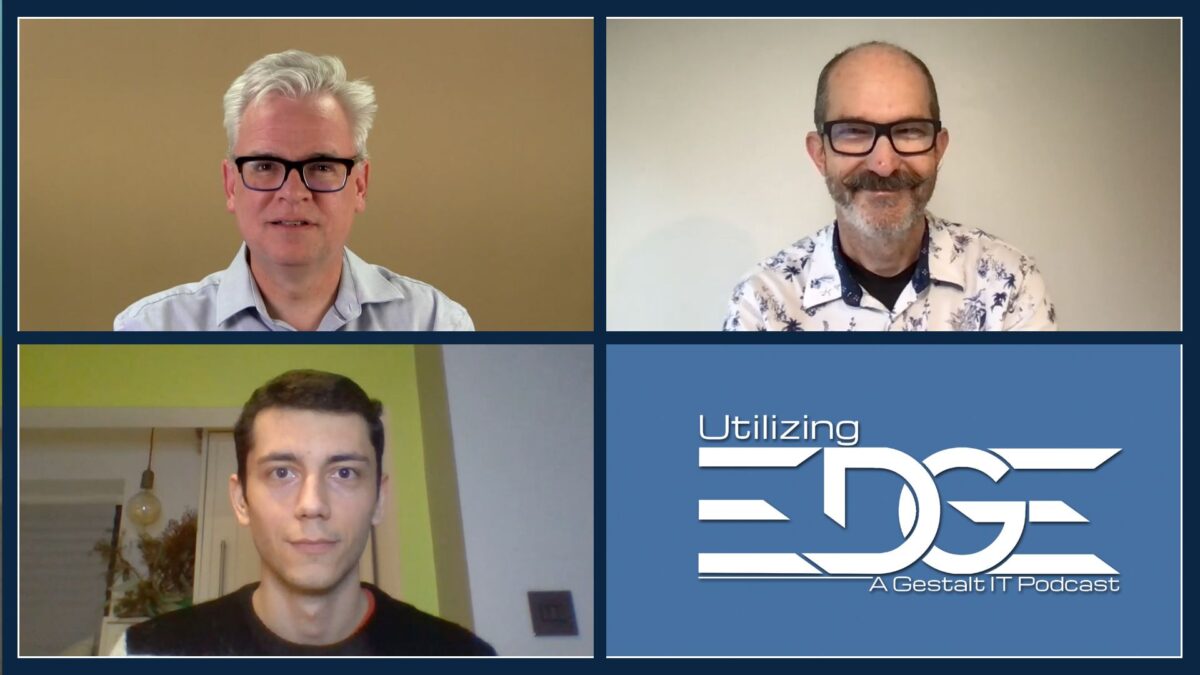Edge computing comes in many forms and brings many challenges, including bandwidth limitations, network reliability issues, and limited space. This episode of Utilizing Edge brings Brian Chambers, Alastair Cooke, and Stephen Foskett together to discuss the state of the edge in 2023. Industries like retail, multi-tenant environments, and industrial IoT find practical applications, but defining the edge remains an ongoing exploration. Implementation varies, from repurposing existing technologies to adopting modern approaches like containers and function as a service. The debate between virtual machines and containers continues, driven by organizational comfort. Despite constraints, edge environments offer greater control and accountability. The future promises more innovation and adoption, cementing edge computing’s significance in the tech landscape.
